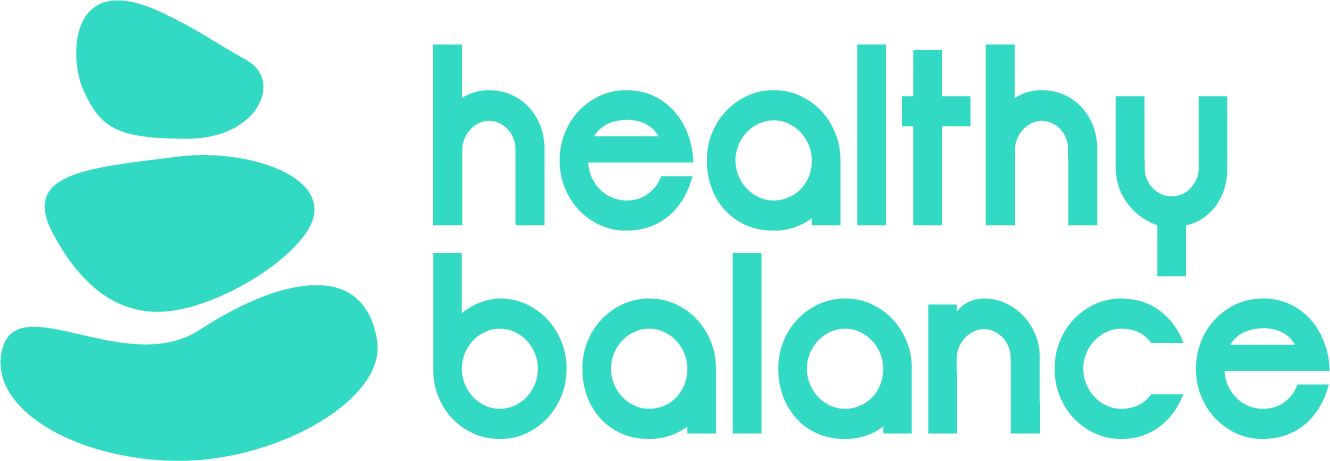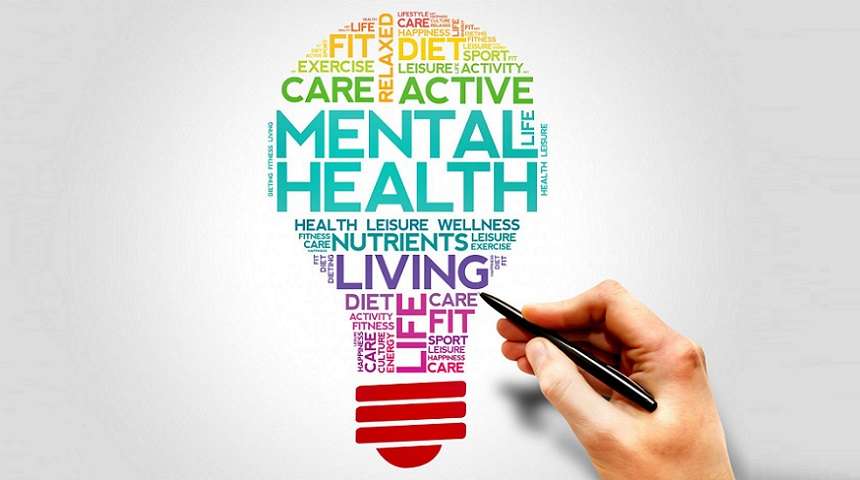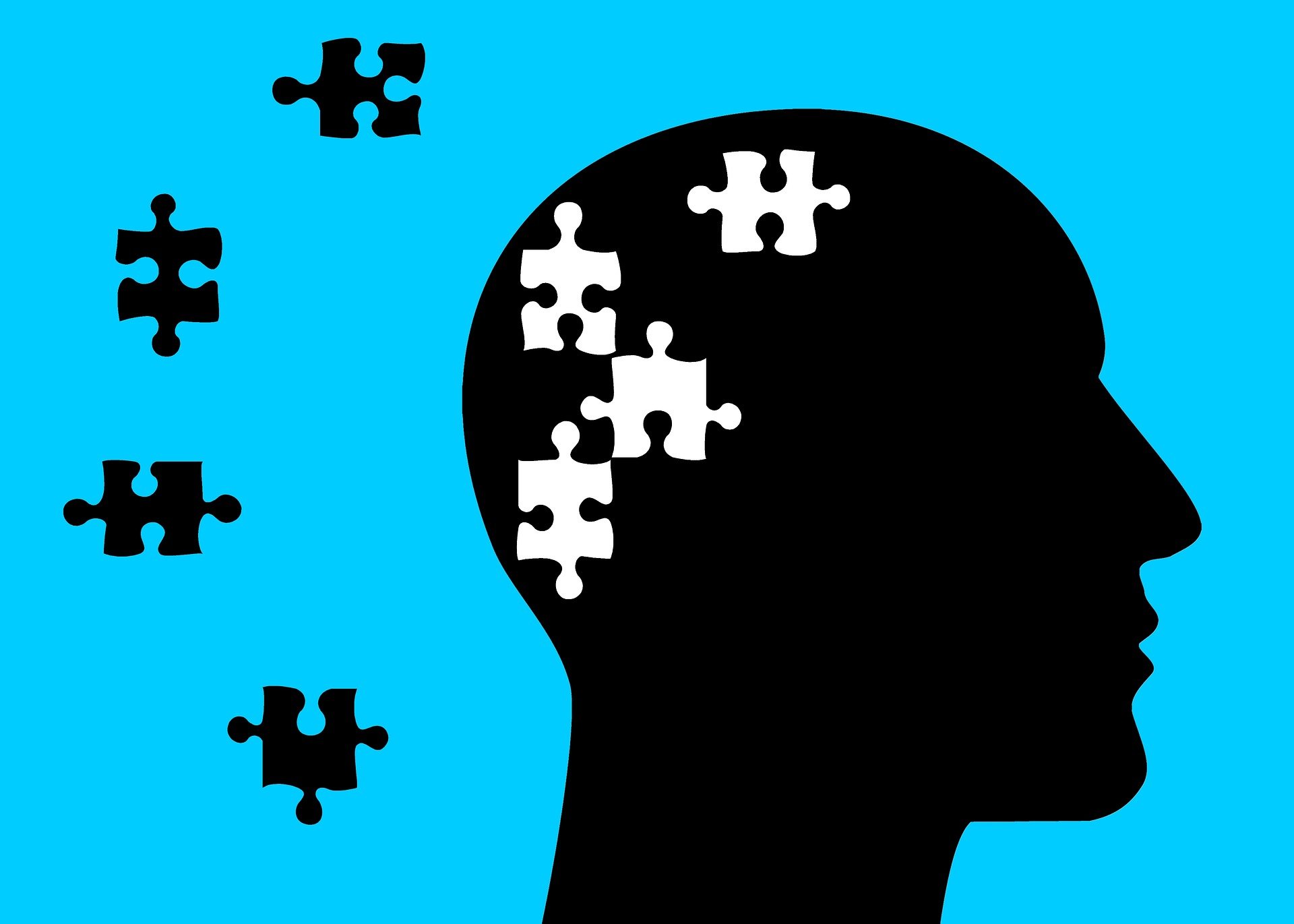There are many benefits to getting a massage after working out. Massages can help to improve circulation, relieve pain, and reduce inflammation. They can also help to improve range of motion and flexibility. Massages can also help to speed up the recovery process after strenuous exercise.
Most people associate massage with relaxation. And while it’s true that a good massage can help you unwind, there are also many other benefits to be gained from this ancient healing practice.
Here are different types of massages, and their unique benefits for your post-workout routine:
Table of Contents
Swedish Massage
Swedish massage is an excellent way to reduce muscle soreness and promote recovery after a strenuous workout. The techniques used in Swedish massages—such as effleurage (stroking) and petrissage (kneading)—help to loosen tight muscles, increase circulation, and release built-up toxins. As a result, you’ll feel less pain and stiffness and be able to move more freely. In addition, regular Swedish massage can also help to reduce stress levels, improve sleep quality, and boost your overall mood.
So if you’re looking for a way to support your workout routine, consider adding Swedish massage to your healthy habits.
Deep Tissue Massage
Working out is great for your overall health, but it can also leave your muscles feeling tight and sore. For this reason alone, deep tissue massage can help you out. It is a type of massage that targets the deep layers of muscle and connective tissue.
It is mainly used to treat muscle and tendon injuries, chronic pain, and restricted range of motion. Massage therapists use slow, forceful strokes and deep finger pressure to reach the inner layers of your muscles and connected tissues. This massage is beneficial to your body after workouts because it helps reduce the risk of injury, improve range of motion, promote relaxation, and speed up recovery time.
It can also help prevent future injuries by keeping your muscles and connective tissue healthy and strong. Also, deep tissue massage can improve your overall circulation and reduce stress levels.
Deep tissue massage is also beneficial for people who experience incontinence (leakage of urine or stool). The massage can help to strengthen the pelvic floor muscles, which can help to improve incontinence. On top of that, deep tissue massage can also help to increase range of motion and flexibility, improve circulation, and reduce stress levels.
All of these benefits make deep tissue massage an excellent way to reduce the risk of injury and improve your overall health after workouts.
Thai Massage
A Thai massage is a unique form of bodywork that combines stretching, compression, and acupressure techniques. Often people think of massages as a way to relax, which they are, but Thai massage can also be used as a way to help the body recover from strenuous exercise.
“Before working out, Thai massage is said to help improve flexibility and range of motion. This can in turn lead to better performance and reduced risk of injury. After working out, Thai massage is said to help the body recover by flushing out lactic acid and promoting blood circulation.” added Nucy Wilkinson, a Gunghalin authority in massage therapies.
It can be beneficial to your body after workouts because it helps to improve range of motion, increase circulation, and release muscle tension. Range of motion is important for both athletes and those who work out frequently because it helps to reduce the risk of injuries. Increasing circulation helps to oxygenate the muscles and remove waste products that can build up after the strenuous activity. Finally, releasing muscle tension can help improve flexibility and prevent cramping.
A Thai massage is truly a versatile tool that can help your body feel its best.
Sports Massage
Anyone who has ever worked out knows that muscles can feel very tight and sore afterward. This is because exercise causes microscopic tears in the muscle fibers, which the body then repairs during the recovery process. However, this repair process can take some time, and in the meantime, the muscles can feel stiff and painful.
Sports massage is a type of massage that is designed to speed up the recovery process by helping to loosen the muscles and improve blood flow. It is a type of massage that is designed to help athletes before, during, and after their workouts. The benefits of sports massage are numerous and can help improve both your performance and your recovery.
“It can help to increase blood flow to your muscles, which can improve your endurance and reduce your risk of injuries. This massage can also help to release tension in your muscles, which can improve your flexibility and range of motion. Sports massage can also help to reduce inflammation and swelling and can speed up the healing process for minor injuries.” remarked Rahul Seth, a Sydney fitness expert.
Whether you’re a casual lifter working out at home with your multi gym station or a professional bodybuilder with a 40kg dumbbell as a warmup, sports massage can be an effective way to improve your physical performance.
Reflexology
Reflexology is a type of massage that focuses on applying pressure to specific areas of the hands and feet. It is based on the belief that these areas are linked to different parts of the body, and that massaging them can help to promote healing and relaxation.
The theory behind reflexology is that these points correspond to different organs and systems in the body, and that massaging them can have a positive effect on the corresponding areas of the body. Some research has shown that reflexology can help relieve pain and improve circulation, and it is often used as a complementary therapy for various conditions. However, there is limited scientific evidence to support these claims.
Reflexology is often used as a complementary therapy, and it is effective in relieving pain, improving circulation, and reducing stress. After a strenuous workout, reflexology can be especially beneficial in helping the body to recover. The massage can help to improve circulation and reduce inflammation, while also promoting relaxation.
If you’re on the lookout for alternative solutions, reflexology can play an important role in helping you to feel your best after a workout. When used in combination with other forms of treatment, it can also be an incredibly powerful tool for maintaining good health and preventing illness.
Conclusion
There are many different types of massages that can be beneficial after a workout. Each type of massage has its unique benefits that can help the body to recover in different ways. Sports massage can help to increase blood flow and reduce inflammation, while reflexology can help relieve pain and promote relaxation. Choose the type of massage that is best for you based on your individual needs and preferences.






